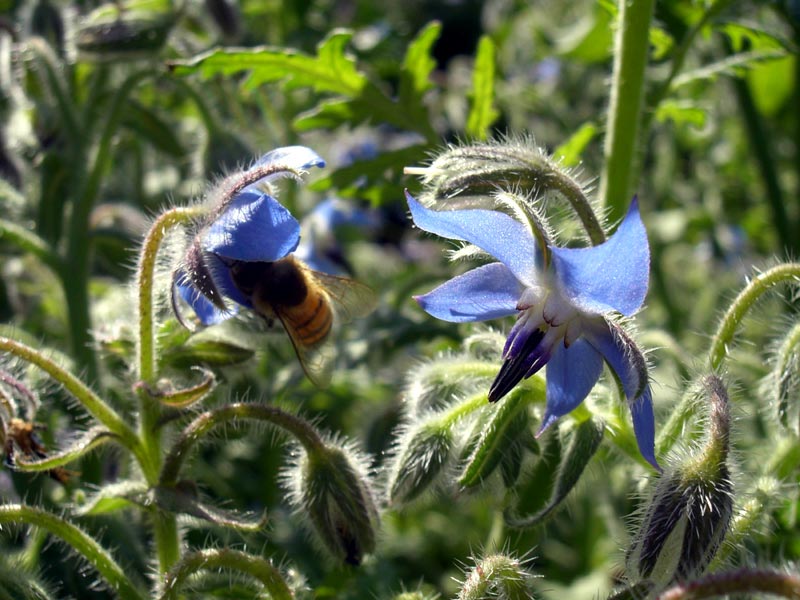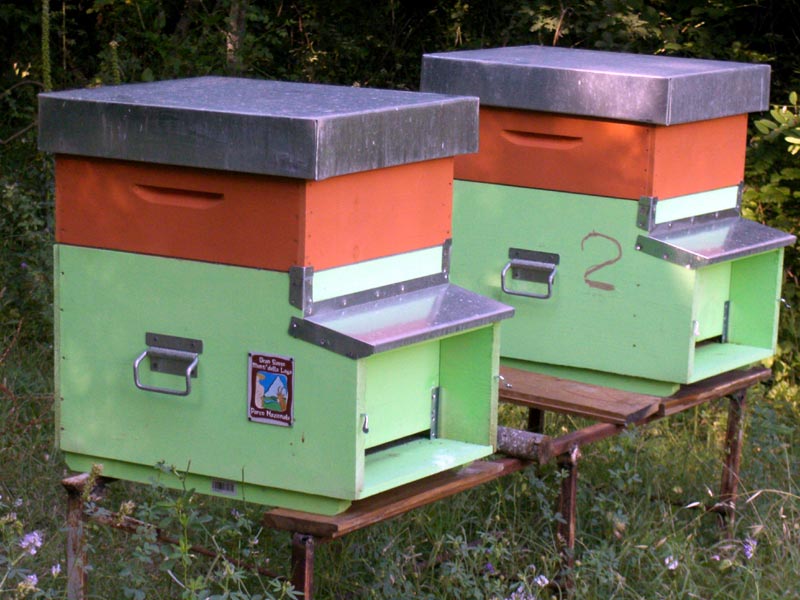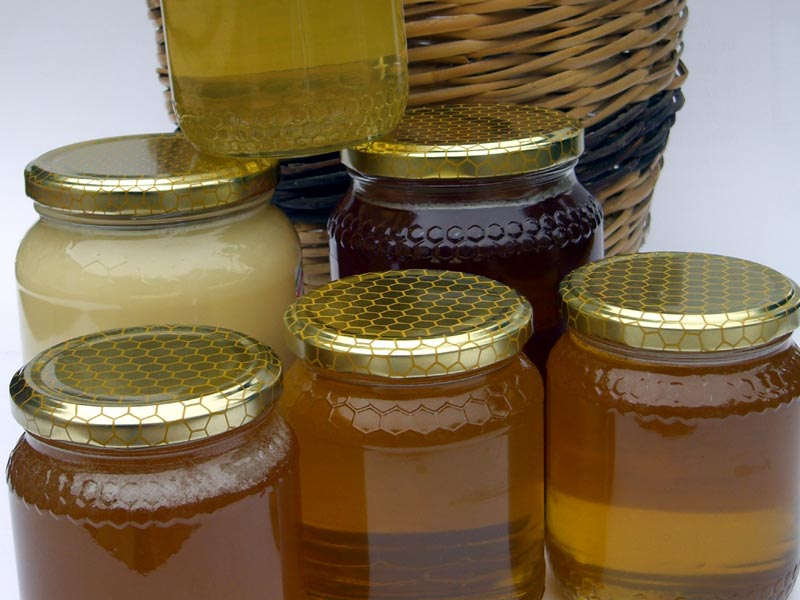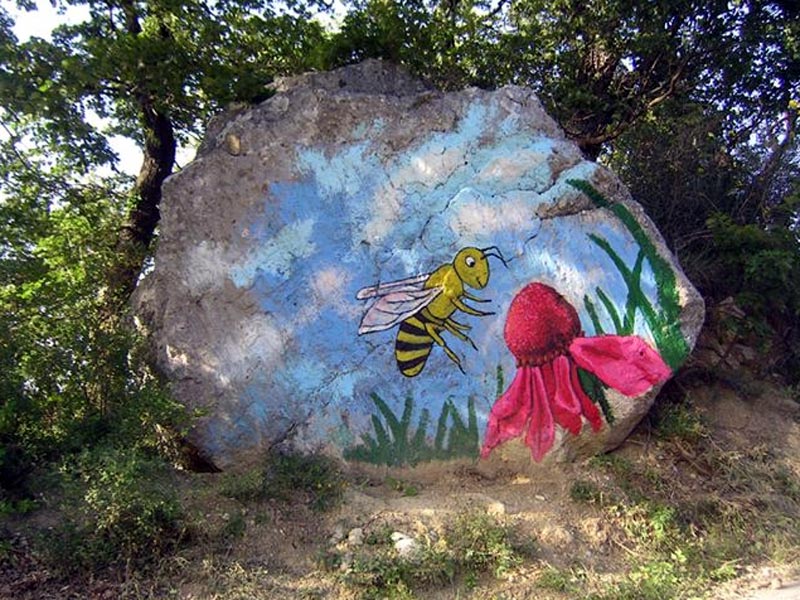Home » Agriculture, Zootechnics » The Park's Products » The Products
Mixed Flowers and Monofloral Honey
History
The use of honey by man has millenary roots. A foodstuff with a high energetic content, this sweetener has been often used as a natural preservative. Man has gradually learned and improved the art of bee-keeping, exploiting the pollinating ability of bees and the production of honey, pollen, propolis, and wax.
Current Production Area in the Park: The whole territory of Gran Sasso National Park is a working area for bees for the production of honey.
Description
The honey produced in the whole Park area in Abruzzi is a traditional agricultural product.
Honey is a sweet substance produced by bees from the flower nectar: they transform and combine the nectar with specific substances that they deposit, dehydrate, store, and let mature in the honeycombs of the beehive.
The honey produced by the beekeepers of the protected area does not undergo thermal treatments, in order to preserve its organoleptic and nutritional features; for this reason, it can be fluid, dense, or crystallized according to the flowers used to make it.
In the Park area, the following kinds of honey are produced:
- Mixed flowers honey - liquid with a generally crystal clear straw yellow color, delicate perfume, and sweet and pleasant taste.
- Sulla honey - clear color, slight perfume and delicate taste, it easily crystallizes.
- Savory honey - amber color with green reflections, it has a strong and persistent perfume and taste, and crystallizes achieving a very thin and soft consistency.
- Sainfoin honey - from white to light beige color, a delicate perfume and taste of hay, it crystallizes in a thin and compact manner.
- Acacia honey - liquid aspect, clear and transparent straw yellow color, delicate and characteristic liliac perfume, and sweet, scented, and delicate taste
- Dandelion honey - light amber, pleasant perfume, pungent, intense, and characteristic taste
- Chestnut honey - dark amber color, fluid, with a pleasant slightly bitter aftertaste.
The different features give the opportunity to use this product in the preparation of several dishes.
Product Availability: The activity of bees and the consequent production of honey, especially at higher altitudes, begins in late spring and continues until late summer. However, honey is for sale all year round.















